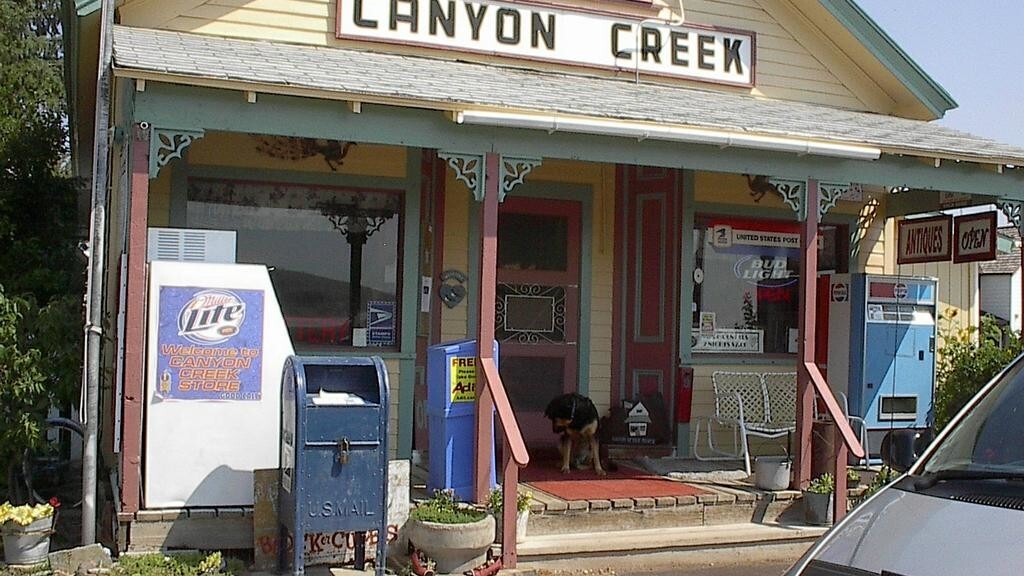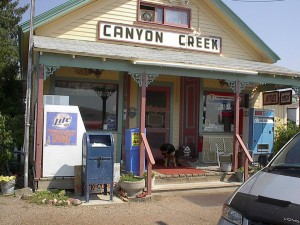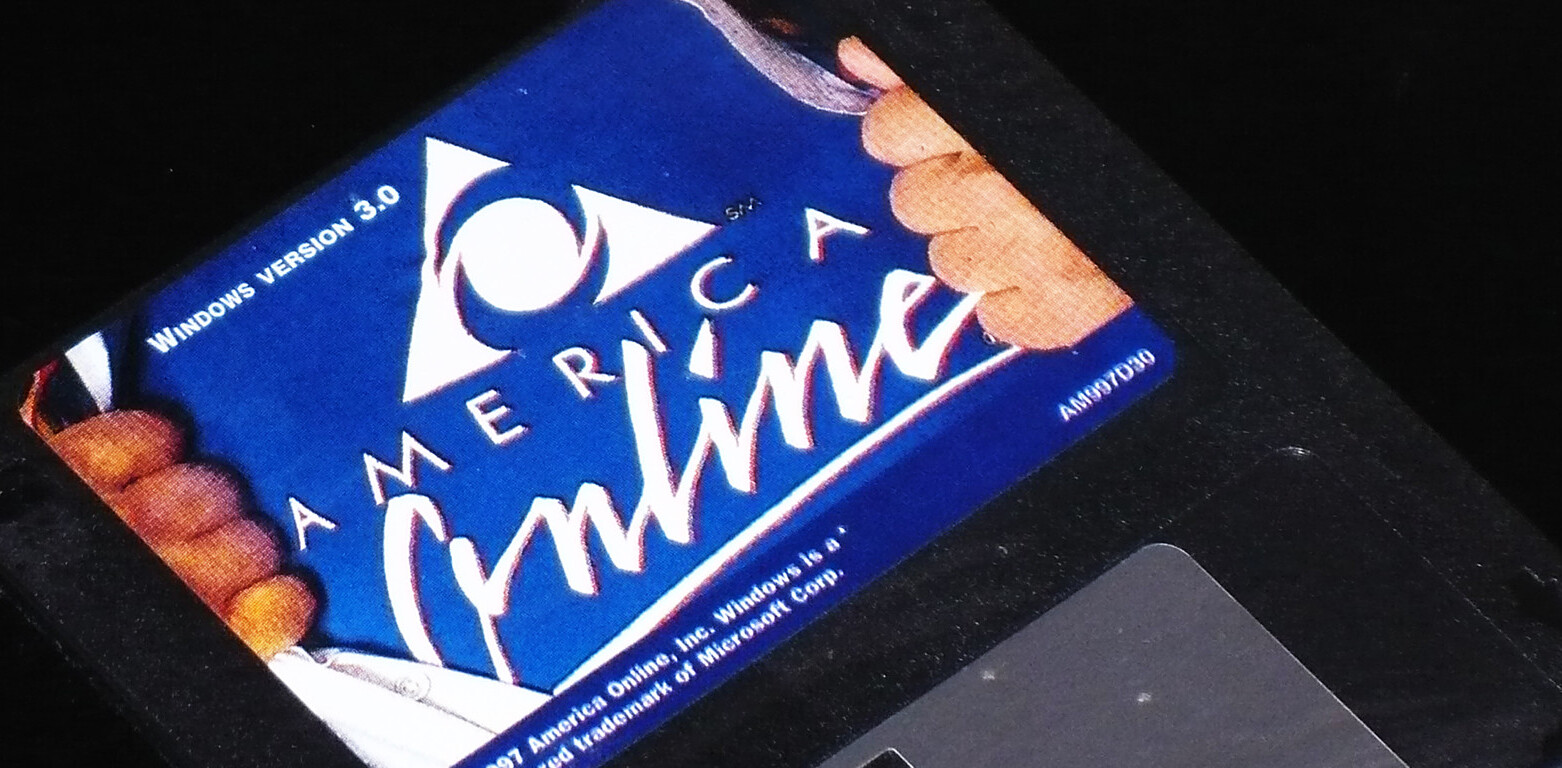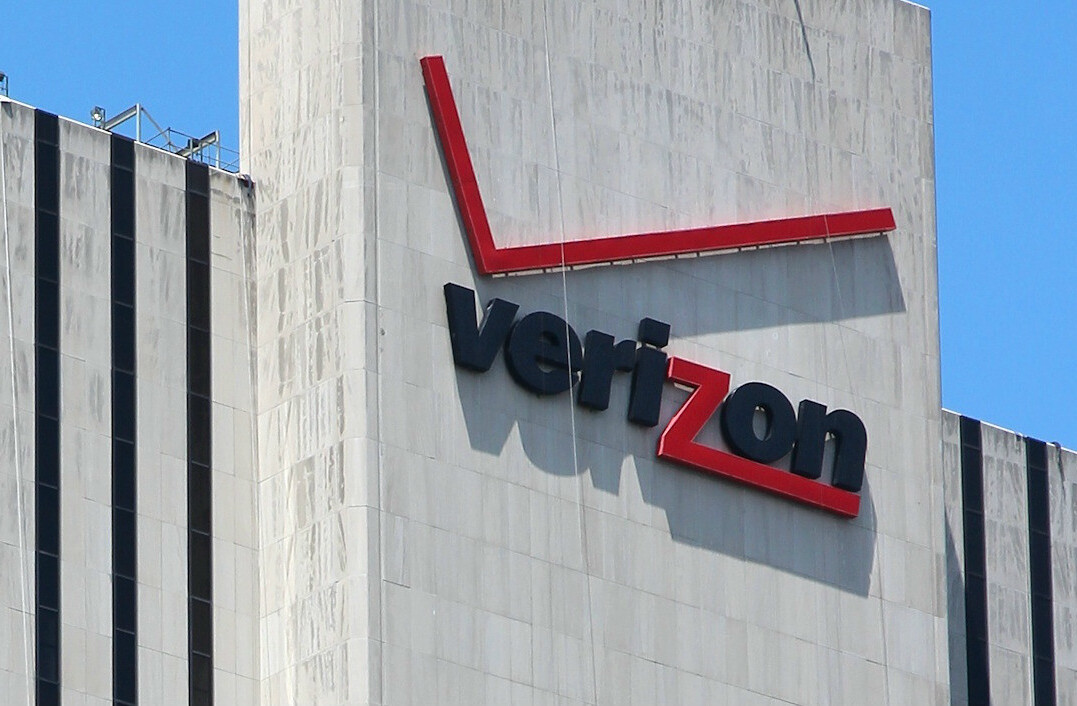
 Mapquest, which is owned by AOL, and OpenStreetMap (OSM for short) today announced a partnership that will see AOL setting up a $1 million fund in the US to spur growth of the open sourced / crowdsourced mapping project. But there is much more to this story.
Mapquest, which is owned by AOL, and OpenStreetMap (OSM for short) today announced a partnership that will see AOL setting up a $1 million fund in the US to spur growth of the open sourced / crowdsourced mapping project. But there is much more to this story.
Short term, AOL hopes to build out more detailed maps in the areas that AOL has set up their Patch sites (which offer hyper-local news), with a longer-term goal of possibly using OSM as the base-layer map for Mapquest worldwide, which would save AOL millions of dollars annually in licencing fees (OSM allows commercial use of its maps for free through a Creative Commons license).
This is great exposure for OSM, especially in the US where the movement hasn’t caught on as extensively as in Europe for instance, and is also overall a good strategy by AOL/Mapquest to attach to and leverage a growing community of people that are willing to spend many hours a month painstakingly adding geo-data to their communities.
That said, there is a much bigger story here: the move to put location data into the hands of locals.
Locals & location
First of all, obviously locals have been contributing to information on their communities through reviews and comments on reviews since well, AOL started shipping CDs. So what is changing? Location (data), location (data), location (data).
While anywhere on OSM can be edited from any PC in the world, the real glue of all of this is smartphones (and to a related degree, GPS). There are a variety of mobile apps that can be used to edit, update and view OSM, as well as brower-based apps built on top of the mapping platform. With smartphones and OSM anyone that wishes to can add unique data to a lat/long coordinate, selected venue, park, or anything else on the map that is nearly impossible for even the largest mapping corporations to get/afford to get for their maps. Go to any city that has a detailed OSM (San Diego is a great example) and compare it to Google Maps or Mapquest – the top two online maps – and you’ll see things on OSM that you won’t see on the other maps.
This gets even more pronounced when residents of rural areas take it upon themselves to update OSM in their communities – often on Google Maps, all you might see is a solitary road where hundreds of people might live, but on OSM, their houses, businesses, parks, parking lots – theoretically every detail of a community – may show up. Anyone can add information about a location, with one of the easiest methods being to “trace” the outline of a building from satellite imagery onto the base-layer map.
To be clear, commercial maps still have many advantages over OSM including street views, better satellite imagery (which they pay through the roof for), and other additions that go beyond what crowdsourcing is currently able to provide. That said, in the future, we could see OSM be the base-layer map, with these more commercial services layered on top.
All of this is changing how we view and interact between our physical world and our Internet connected devices, especially as we’ve said, smartphones (and at some point very soon, all browsers will support geolocation, which means that every time you connect to the Internet apps will know where you are). Maps are now becoming living things, where they used to be static and controlled by a few, they are now dynamic and editable by anyone. We’ve said before that we think that everything will be a feature of location, not the other way around, and at the core of this is how we interact with online maps.
Hyper-local advertising
Ok, so now we’ll move away from the touchy-feely stuff and talk about cold, hard cash. AOL didn’t just go into this partnership to save money on licensing fees and to have more accurate maps – its going down this road, so to speak, in order to create new hyper-local advertising opportunities, both directly in Mapquest and in conjunction with its Patch sites. Put simply, it is hard to try to send people to a place through advertising that doesn’t exist on a map – AOL is obviously aiming to fix that by working and promoting OSM.
Add to this the announcement yesterday that Mapquest’s iPhone app now offers free turn-by-turn background navigation (which could someday be run off of OSM) and AOL is announcing some very smart moves this week. If AOL continues to make forward thinking moves like these this week, an OSM powered Mapquest+Patch location-based ad network could turn out to be very big indeed (imagine if they could buy Yelp too…)
Of course, there is nothing stopping other companies from going after this same market, with Google, Microsoft, Yahoo! and others all probably thinking that this is a big pot of gold for whichever company gets there first – and they’d be right to think so.
Get the TNW newsletter
Get the most important tech news in your inbox each week.





